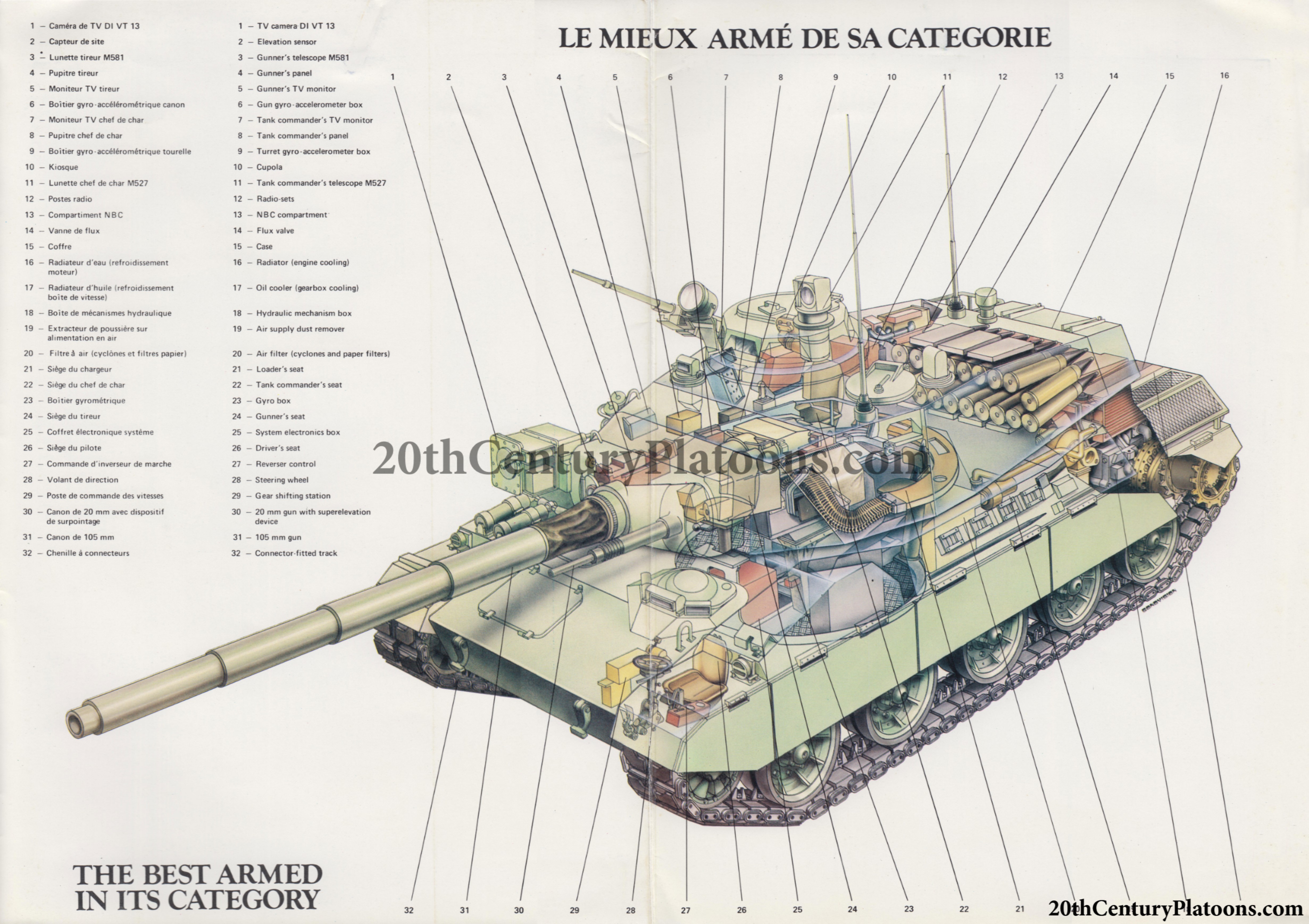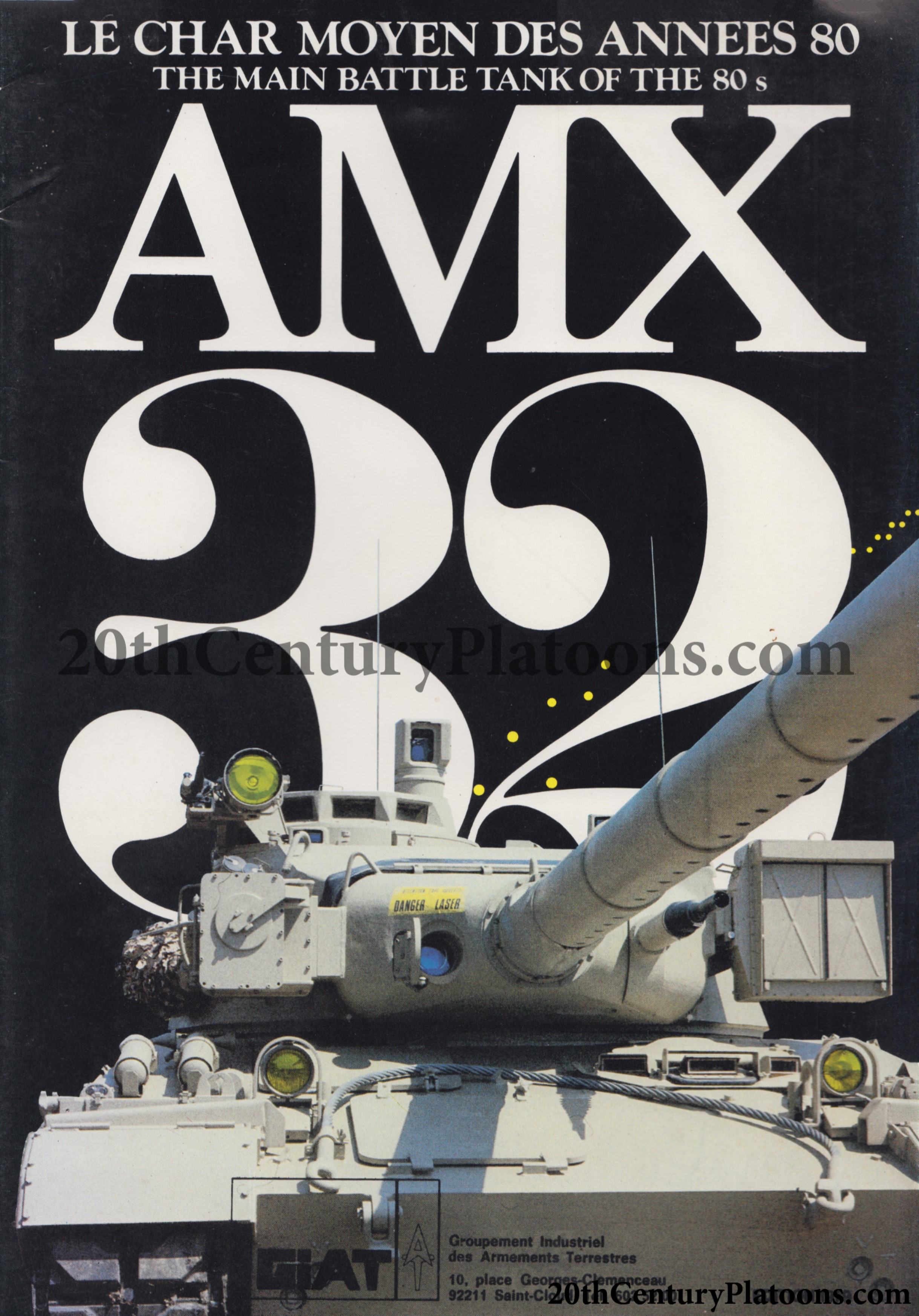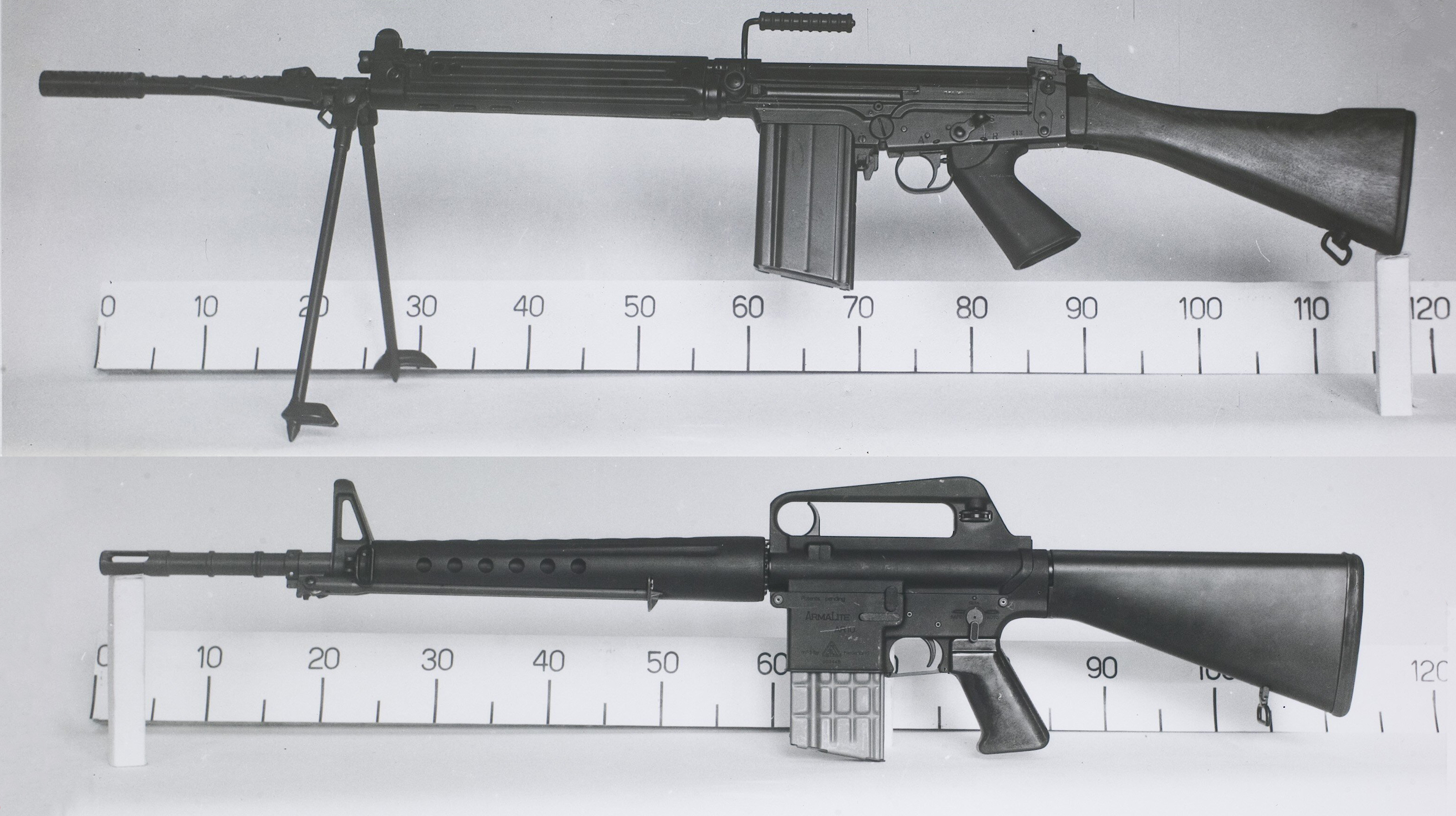Welcome to 20thCenturyPlatoons.com, a website dedicated to small-unit tactics and
military history.
Translating primary source material from four different languages into English,
this website aims to give a historical overview of squad,
platoon, and company level units of various nations,
using the very same manuals commanders of the era would have used.
How useful were the tactics employed by Dutch troops fighting in Indonesia between 1945 and 1949?
What impact did World War I have on the
German Schützenkompanie,
and how did its 1906 structure differ from 1922?
How did the French infantry platoon change from 1972 to 1999? To what degree has American
doctrine influenced NATO-partners?
In trying to answer these questions and explore modern military history, I will be using a number of "pillars", if you will.
These include lengthy articles based on multiple primary and secondary sources, scans of rare postcards and images with a military theme,
entire manuals uploaded to the archive, and brief discussions of material already available online.
This website will - for the most part - focus on the militaries of continental Europe.
The reason for this is two-fold:
In the first place, there is comparatively little English-language information
out there on for example the Dutch, Belgian, or Austrian military. Secondly, my own interests and collection simply focus on European armies.
None of that is to say, however, that the American or Commonwealth militaries are
entirely ignored. They are interesting in and of themselves, and they provide both
context and comparison.
Report No. 2963 on the presentation of the 25mm Oerlikon Weapon System for NATO on May 20, 1969 at Ochsenboden Works Firing Range
×
![]()
The article below centres on the M113 C&V (Commando en Verkenning; sometimes abbreviated C&R for Command and Reconnaissance),
a vehicle more commonly known in Anglophone publications after its Canadian nickname, the Lynx.
As part of the American-style battalion-level reconnaissance platoons operated by the Dutch Army, the M113 C&V replaced the M38 "Nekaf" jeep.
With a total of 266 bought in 1966, the original vehicles were equipped with an M2 .50 and FN MAG.
In 1974, all 266 vehicles were re-equipped with the Oerlikon 25mm cannon. All in all, not a bad upgrade over the WWII-style jeeps used some 9 years prior.
The vehicle would serve until 1999, gradually being replaced a few years earlier by the YPR-765 pri until the Fennek reconnaissance vehicle was procured.
Click here to continue reading.
×
![]()
As a follow up to last November's post, we once again return to the AMX 10 series of vehicles,
in addition to the AMX 30 (including recovery and 155mm self-propelled howitzer variants), and its evolution, the AMX 32.
Note that the last vehicle has also been discussed here.
Of particular note is the AMX 30 technical manual (MAT 4021: Guide technique pour le char moyen de combat AMX 30) dated 1969, found here.
We'll let the documents and high-quality images speak for themselves.
Click here to continue reading.
Principles for the assessment of infantry rifles on tactical and technical aspects
×
![]()
The rifles that would be trialled: the Fabrique Nationale de Herstal
Fusil Automatique Léger (FN FAL) and the Artillerie Inrichtingen AR-10. Note that this is not
the final model of FAL as it would be adopted, differing with regards to its sights, carrying handle, and sling arrangement.
Introduction
This article is a follow-up to a previous article on the AR-10, found here. Whilst the documents cited in the aforementioned article concern an early trial by the Dutch Marine Corps in 1957,
the documents discussed below were drawn up by the Dutch Landmacht (Army) in 1961.
At this point in time,
both the Army and Marines found themselves engaged in low-intensity warfare against Indonesian "infiltrators"
(i.e. paratroopers, special forces and marines) equipped with a varied mix of old and modern weapons.
Click here to continue reading.
×
![]()
Today's post is a minor update to the Eurosatory page and a very brief discussion of a 1979 brochure for the AMX family of tracked/wheeled vehicles, plus a 2004 brochure discussing upgrades for the wheeled member of said family, the AMX 10 RC.
As it would appear very little has been written on the vehicle, the following is taken from a magazine aimed at model-builders:
The AMX-10P ("P" standing for personnel) is an amphibious infantry fighting vehicle, developed starting in 1965 to replace the AMX-13 VCI.
With the first prototypes delivered in 1968, production commenced between 1972 and 1973.
The first vehicles were delivered to the 7ème Brigade Mécanisée at the end of 1973.
Below, the 2004 AMX 10 RC upgrade brochure can be found in full (available here as a PDF).
The 1979 AMX 10 brochure - partially presented below and available in full here - discusses all variants, which are worth noting in a brief overview:
Click here to continue reading.
×
![]()
The following images, found at the Nationaal Archief, Den Haag under index Nationaal Archief, Den Haag, Ministerie van Defensie: Directoraat (Directoraat-Generaal) voor Administratieve Diensten, nummer toegang 2.13.171, inventarisnummer 280, are presented almost as they are found: without any context whatsoever.
Well, that’s not quite true. The images are part of a hodgepodge of documents concerning the Dutch Army's purchase of the AMX-13 family of vehicles, that is, the AMX-13 105mm light tank, the AMX-13 105mm casemated howitzer and the AMX-13 VTT armoured personnel carrier, plus all their subvariants.
The turret, belonging to an AMX-13 tank, appears to have been shot with AP and API ammunition of unknown calibre.
For reference, VS 2-1350-B/3 Handboek voor de Schutter van de Lichte Tank AMX-13, 1965, page 16, notes the following armour values for the turret:
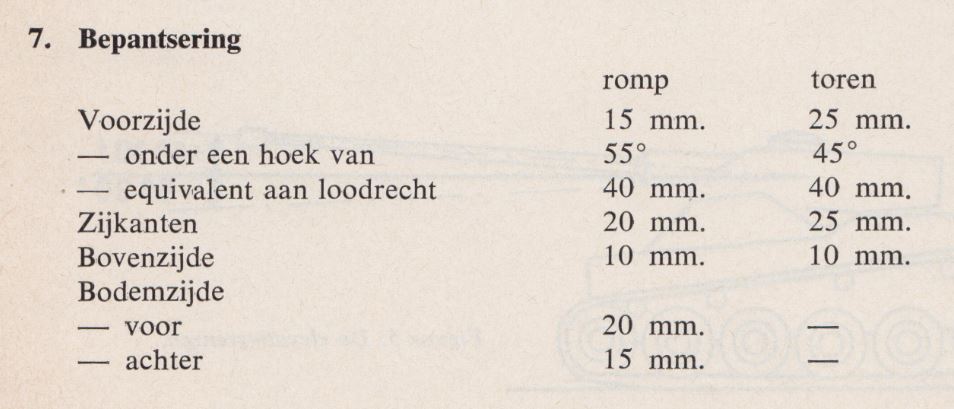
| Front |
25mm |
| - Under an angle of |
45° |
| - Equivalent at 90° |
40mm |
| Side |
25mm |
| Top |
10mm |
One of the annotations for the photos (V) notes how a "bullet" (rather than a shell or grenade) has penetrated,
but only just barely. Photo VI further discusses this (partial) penetration.
Though this is certainly just speculation, it may be possible the turret was shot with .50 calibre (12.7×99mm) AP and API at close range. A distinct possibility, given the partial penetration.
For comparison, note the following table from FM 23-65, Browning Machine Gun Caliber .50 HB, M2, 1944 page 65:
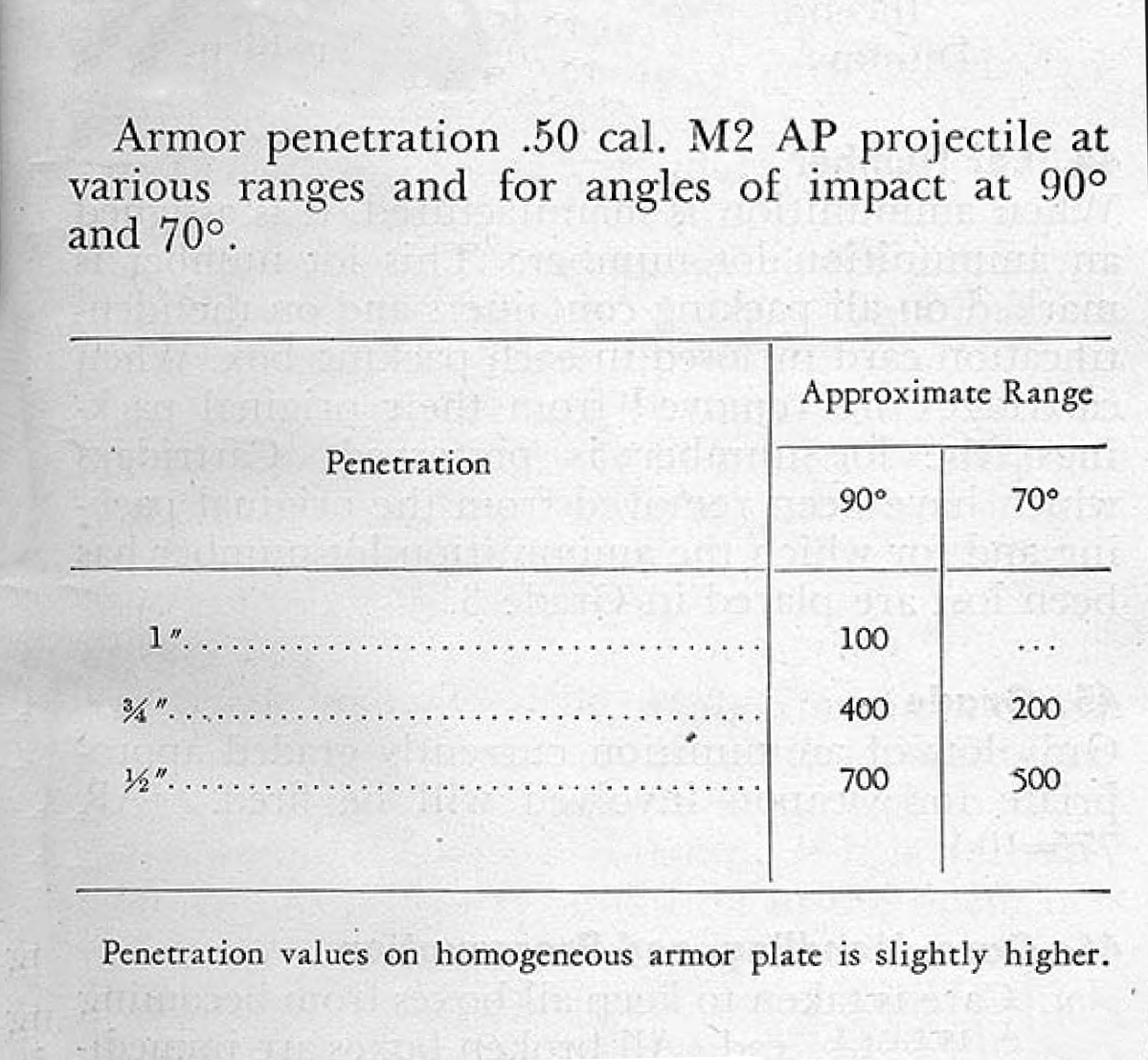
| M2 AP |
| Penetration |
Distance in yards |
| Angle of impact |
| 90° |
70° |
| 1 in (25mm) |
100 |
- |
| ¾ in (19mm) |
400 |
200 |
| ½ in (13mm) |
700 |
900 |
In addition, FM 23-65, Browning Machine Gun Caliber .50 HB, M2, 1972, page 214 provides us with a slightly more detailed table, which gives the following values for M2 AP:
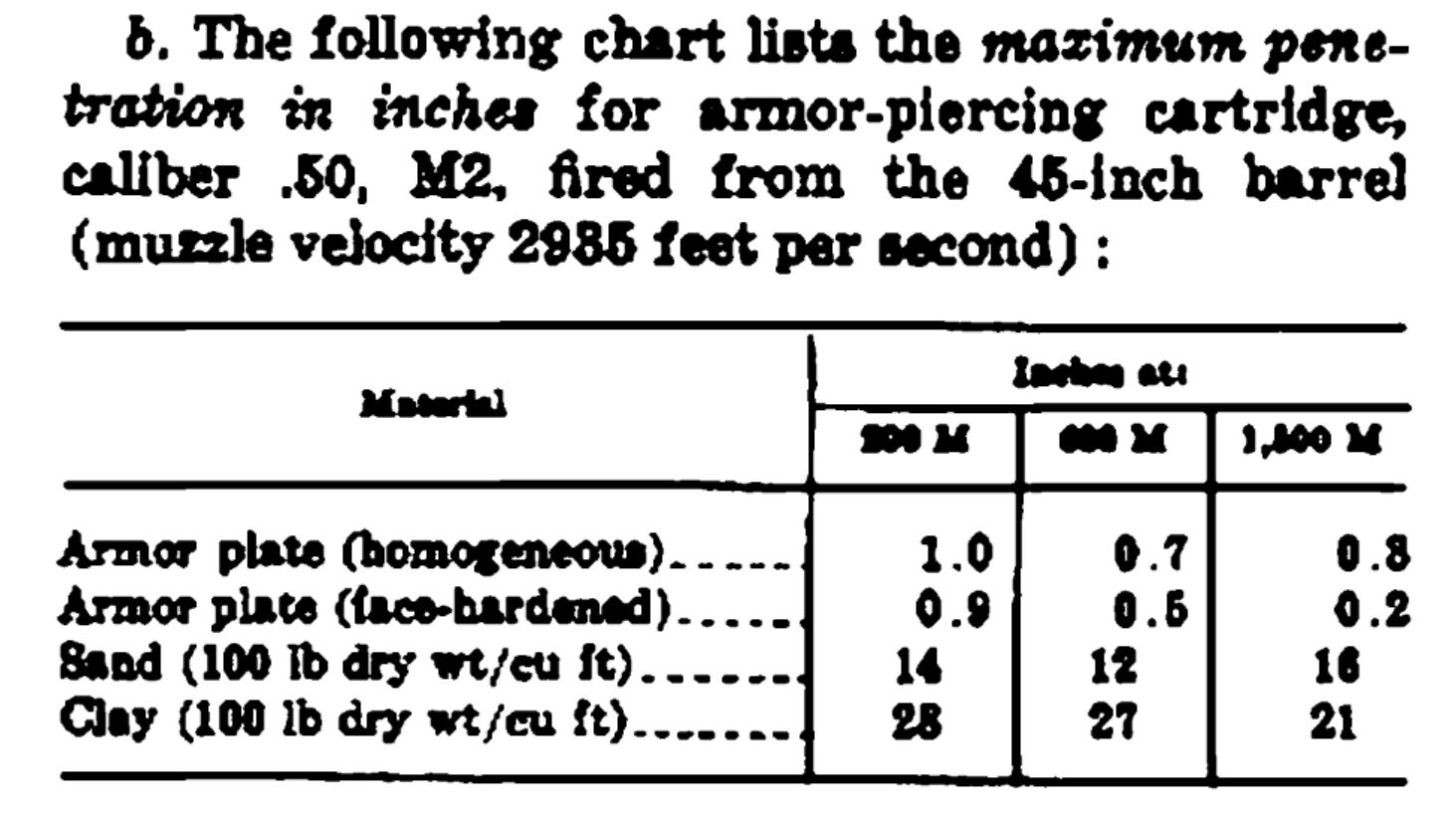
| Material |
Inches at: |
| 200 m |
600 m |
1000 m |
| Armor plate (homogenous) |
1.0 (25mm) |
0.7 (18mm) |
0.3 (8mm) |
| Armor plate (face-hardened) |
0.9 (23mm) |
0.5 (13mm) |
0.2 (5mm) |
In any case, the photos and their annotation are available below for the reader to form their own conclusion.

The test set-up of the turret.
Click here to continue reading.
- 26th of September, 2021
The website's layout has been changed, displaying the five most recent page on the home page, with a longer list of all posts found on the second page.
- 23rd of June, 2018
The third and final article concerning the Dutch Marine Corps has been published.
- 14th of June, 2018
The second article - the Dutch Marine Corps 1978 - has been published.
Images now open as a pop-up.
- 7th of June, 2018
The first resource - concerning the Vietnamese sappers - is added.
- 5th of June, 2018
Interactive footnotes are added to the Dutch 1963 Marines Corps article.
The first manual is added.
- 4th of June, 2018
The first scanned postcard is added.
- 3rd of June, 2018
The first article - concerning the Dutch Marine Corps 1963 - is created.
- 2nd of June, 2018
The website is created and launched.


